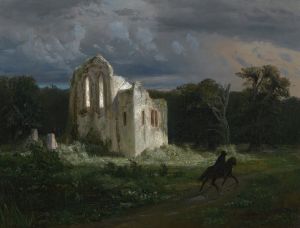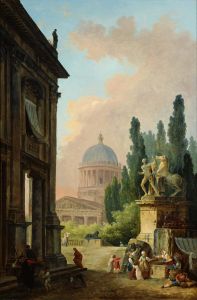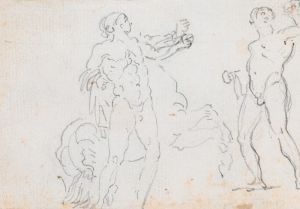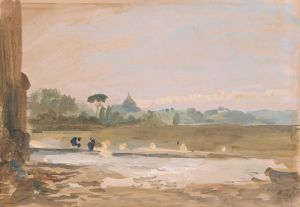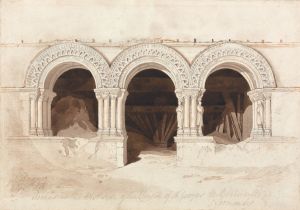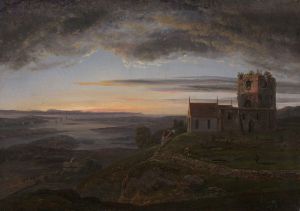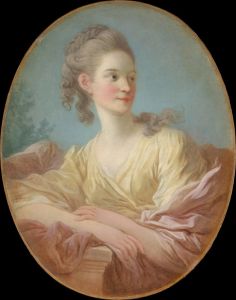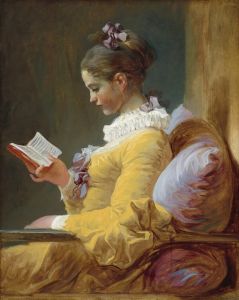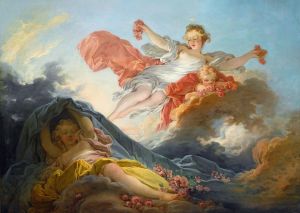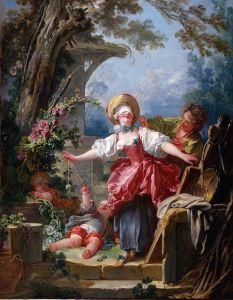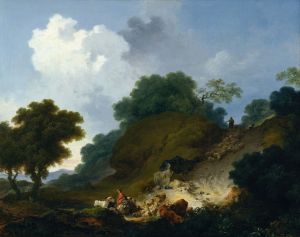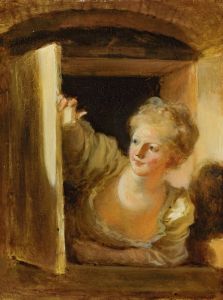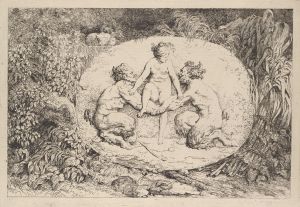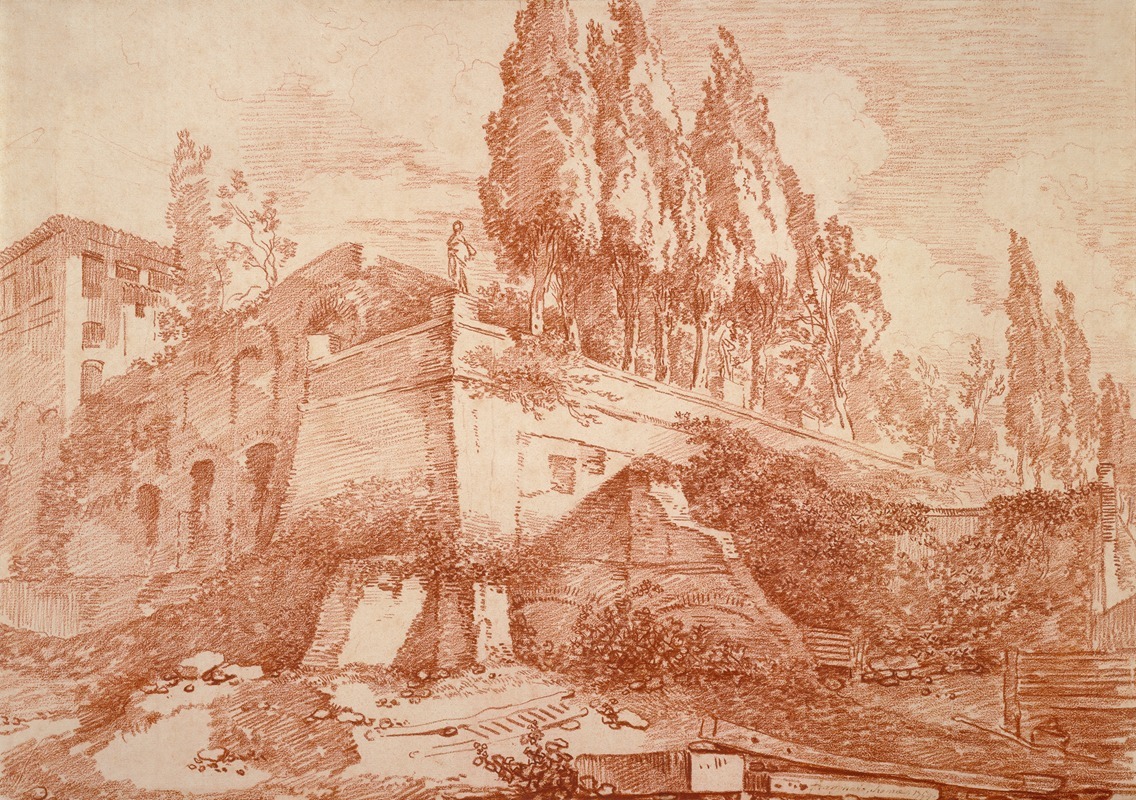
Ruins of an Imperial Palace, Rome
A hand-painted replica of Jean-Honoré Fragonard’s masterpiece Ruins of an Imperial Palace, Rome, meticulously crafted by professional artists to capture the true essence of the original. Each piece is created with museum-quality canvas and rare mineral pigments, carefully painted by experienced artists with delicate brushstrokes and rich, layered colors to perfectly recreate the texture of the original artwork. Unlike machine-printed reproductions, this hand-painted version brings the painting to life, infused with the artist’s emotions and skill in every stroke. Whether for personal collection or home decoration, it instantly elevates the artistic atmosphere of any space.
Jean-Honoré Fragonard, a prominent French painter of the Rococo era, is known for his exuberant and hedonistic style, often depicting scenes of romance and playful eroticism. However, one of his lesser-known works, "Ruins of an Imperial Palace, Rome," showcases a different aspect of his artistic repertoire, focusing on landscape and architectural elements rather than the human figure.
"Ruins of an Imperial Palace, Rome" is an evocative painting that captures the grandeur and decay of ancient Roman architecture. Fragonard's interest in ruins was not uncommon among artists of his time, as the 18th century saw a burgeoning fascination with classical antiquity, spurred by archaeological discoveries and the Grand Tour—a traditional trip through Europe undertaken by mainly upper-class European young men of means. This cultural milieu provided fertile ground for artists like Fragonard to explore themes of history and the passage of time through the depiction of ruins.
The painting itself is characterized by its dramatic use of light and shadow, a technique that Fragonard mastered to convey the textures and forms of the crumbling structures. The composition likely features elements typical of Roman imperial architecture, such as arches, columns, and fragments of once-grand edifices, though specific details about the depicted structures are not well-documented. Fragonard's brushwork in this piece is both fluid and expressive, capturing the romantic allure of decay and the sublime beauty of nature reclaiming human creations.
Fragonard's time in Italy, particularly in Rome, was instrumental in shaping his artistic vision. He traveled to Italy in 1756 after winning the prestigious Prix de Rome, which allowed him to study at the French Academy in Rome. During his stay, he was exposed to the works of Italian masters and the ancient ruins that dotted the landscape, which left a lasting impression on him. This period of study was crucial in developing his skills in landscape painting and his appreciation for the classical past.
"Ruins of an Imperial Palace, Rome" reflects Fragonard's ability to blend his Rococo sensibilities with the grandeur of classical themes. While the painting does not feature the playful figures often associated with his work, it nonetheless conveys a sense of movement and life through its dynamic composition and the interplay of light and shadow. The painting serves as a testament to Fragonard's versatility as an artist and his capacity to capture the ephemeral beauty of the world around him.
The exact date of creation for "Ruins of an Imperial Palace, Rome" is not clearly documented, nor is its current location widely known, which is not uncommon for some works by Fragonard. Despite this, the painting remains an intriguing example of how 18th-century artists engaged with the past and interpreted it through their unique artistic lenses. Fragonard's work continues to be celebrated for its technical brilliance and its ability to evoke emotion and contemplation, qualities that are evident in this evocative portrayal of ancient ruins.





![Dayr el Medeeneh [Dayr al-Madînah], Thebes.](/imgs/217473/s/david-roberts-dayr-el-medeeneh-dayr-almadinah-thebes-248e9138.jpg)
